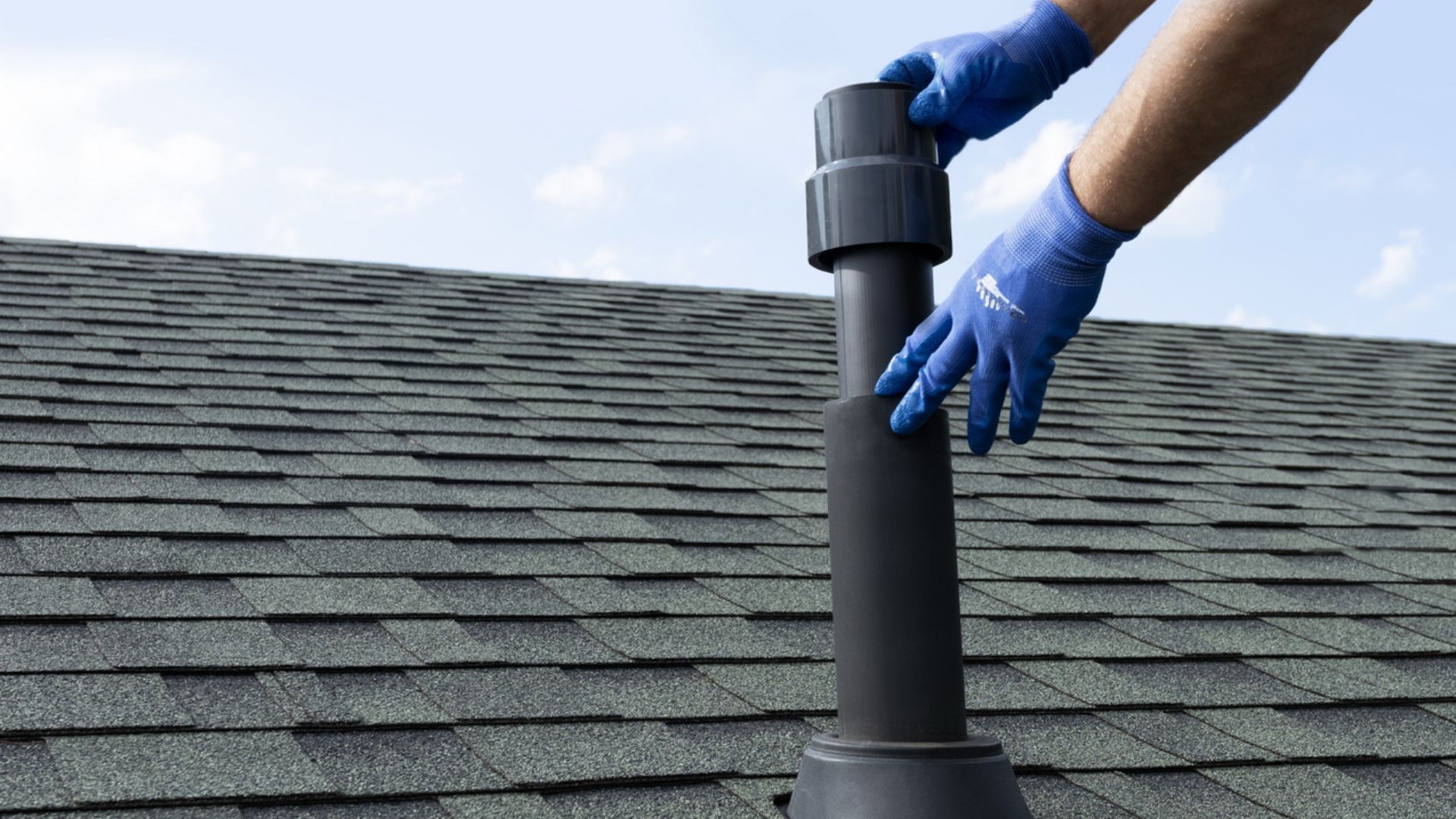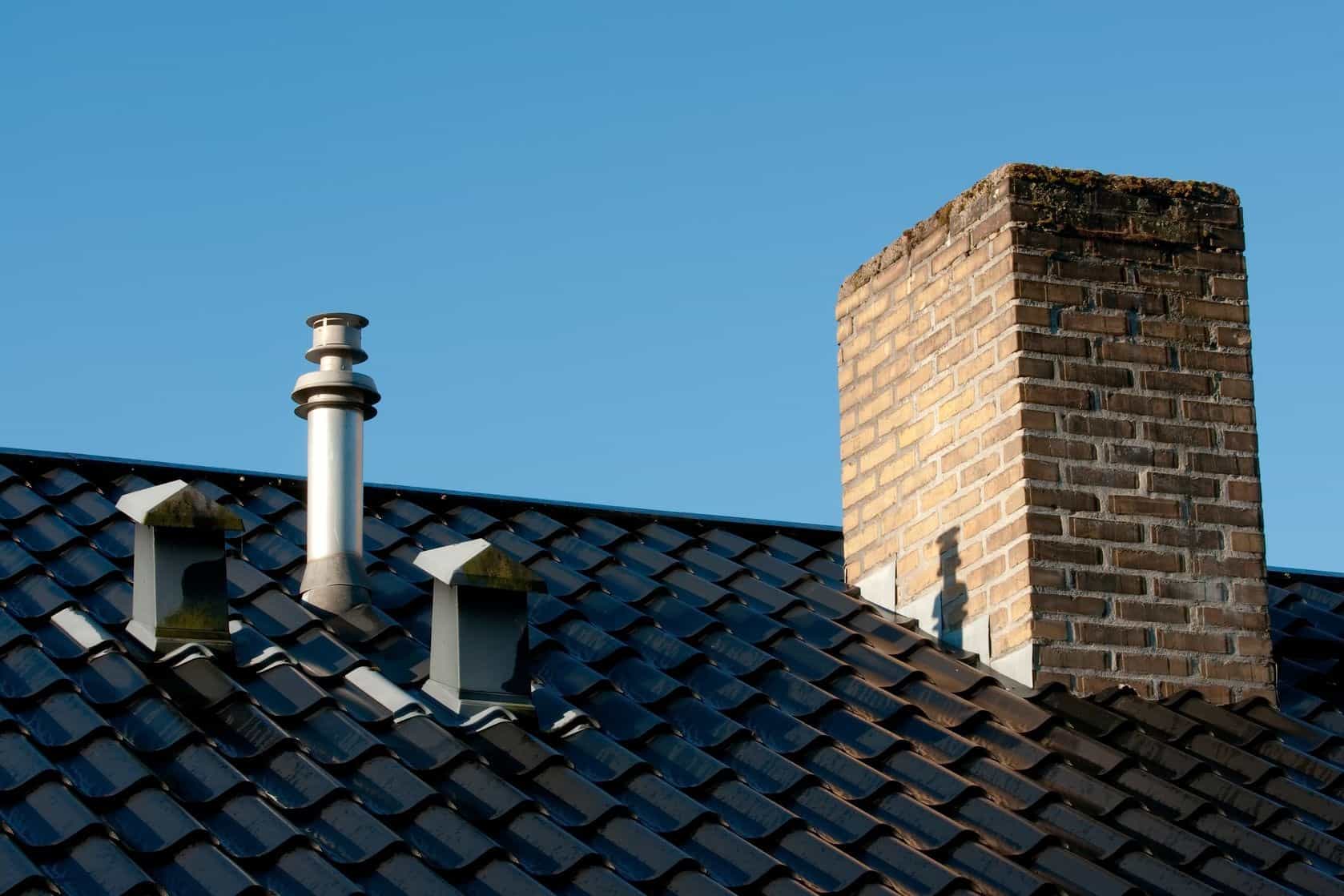Here in the next paragraphs you can get additional great material all about What Is A Plumbing Vent & How Do They Work?.

Appropriate air flow in plumbing systems is often ignored, yet it is crucial for preserving the capability and safety of your home's pipes. Air flow helps control atmospheric pressure, prevent the accumulation of dangerous gases, and make certain the efficient removal of waste. In this guide, we will check out the relevance of appropriate pipes air flow, exactly how it functions, and the advantages it gives your pipes system.
Recognizing Air Flow in Pipes
Air flow in plumbing describes the network of pipelines that enable air to stream with the water drainage system. These vents offer multiple purposes, including regulating atmospheric pressure within the pipelines, preventing sewer gases from going into the home, and assisting in the smooth circulation of wastewater.
Just How Air Flow Works in Plumbing Systems
Atmospheric Pressure Policy
Proper air flow preserves well balanced air pressure within the plumbing system. When water streams with pipelines, it displaces air. Without appropriate ventilation, this variation can develop unfavorable stress, resulting in slow down drains or siphoning of water from traps, which can cause unpleasant smells to permeate into the home.
Protecting Against Sewer Gas Accumulation
Among one of the most important features of plumbing vents is to prevent drain gases, such as methane and hydrogen sulfide, from collecting within the home. These gases can present significant wellness threats and are very combustible. Vent pipelines enable these gases to leave safely outside.
Assisting in Waste Removal
Ventilation aids in the reliable elimination of wastewater by stopping airlocks in the drainage system. When air can flow openly through the vents, it allows water and waste to flow efficiently through the pipelines, minimizing the threat of clogs and backups.
Sorts Of Pipes Vents
Main Stack Vent
The major stack vent, additionally referred to as the vent stack, is the key vent in a pipes system. It prolongs from the main drainpipe line up with the roofing system, allowing gases to leave and fresh air to go into the system.
Branch Vent
Branch vents attach to the main stack air vent and serve private fixtures, such as sinks, toilets, and showers. These vents guarantee that each fixture has sufficient ventilation to operate effectively.
Air Admittance Valve (AAV).
An Air Admittance Valve (AAV) is a one-way valve that allows air to enter the plumbing system without the need for a standard vent pipe extending with the roof. AAVs are typically used in remodellings or areas where installing a basic vent is not practical.
Indicators of Poor Ventilation in Plumbing.
Slow Draining Fixtures.
If your sinks, bathtubs, or bathrooms are draining gradually, it could be a sign of poor air flow. Inadequate air circulation can produce a vacuum effect, making it tough for water to drain properly.
Gurgling Seems.
Gurgling sounds coming from drains pipes are usually an outcome of air being sucked with water traps due to unfavorable stress in the pipes. This is a clear indicator of insufficient air flow.
Undesirable Smells.
Sewer smells inside your home are a warning that your plumbing system is not appropriately ventilated. This can suggest that drain gases are not being effectively aired vent outside, resulting in possibly unsafe problems.
Typical Ventilation Errors.
Insufficient Vent Sizing.
Using small air vent pipelines can lead to poor air flow and pressure discrepancies in the system. It's essential to use vents that meet the particular needs of your plumbing system.
Improper Vent Positioning.
Placing vents also far from the components they serve can reduce their efficiency. Appropriate positioning makes certain that air can move openly and successfully via the system.
Disregarding Code Needs.
Building codes offer specific standards for plumbing air flow. Neglecting these codes can lead to a system that stops working to work properly and might result in pricey repairs or health hazards.
Advantages of Appropriate Air Flow.
Boosted System Effectiveness.
Appropriately aerated plumbing systems run a lot more effectively, with fewer clogs, faster draining pipes, and less pressure on the pipelines. This performance prolongs the life-span of the pipes system.
Improved Air Top Quality.
By stopping drain gases from entering your home, correct ventilation adds to far better interior air top quality, making your living environment healthier and extra comfy.
Preventing Water Damage.
Sufficient ventilation helps stop water from being siphoned out of catches, which can bring about sewage system gases getting in the home and creating water damages over time.
Actions to Guarantee Correct Air Flow.
Consulting Pipes Codes.
Always get in touch with neighborhood plumbing codes when creating or modifying your plumbing system. These codes give the essential standards for appropriate venting and guarantee your system meets safety and security criteria.
Routine Evaluation and Upkeep.
Normal evaluations can assist identify possible air flow problems before they end up being significant problems. Upkeep tasks, such as cleaning up vent pipes and looking for clogs, are vital for keeping the system in good working order.
Professional Setup.
For new installments or major modifications, it's smart to employ a professional plumbing. They have the competence to make certain the air flow system is properly made and installed according to code.
Final thought.
Appropriate ventilation is a crucial component of any plumbing system, guaranteeing that it operates effectively and safely. By recognizing the significance of air flow, acknowledging the indications of bad ventilation, and taking steps to preserve your system, you can protect against costly issues and protect your home's air quality.
4 Things You Should Know About Your Plumbing Vents
What Plumbing Vents Are
Also called a vent stack, a plumbing vent is a vertical pipe attached to your drain line that runs through your roof. The plumbing vent pipe, or plumbing air vent, removes gas and odors from your plumbing system and allows fresh air to enter the pipes, helping the water to flow out of the drain pipes.
What Plumbing Vents Do
Plumbing vents have two basic functions. One of which is to allow unpleasant smelling wastewater and sewer gasses to escape your plumbing system instead of entering your home. Plumbing vent pipes are typically located on roofs, away from windows, to ensure the fumes exit the home completely.
The other function of the plumbing vent is to move fresh air into your plumbing system. This helps move water through every plumbing fixture in your house, like toilets and sink drains. Think of the way in which you need to let a little air into the bottle as you pour soda in order to make the drink flow smoothly.
Different Types of Plumbing Vents
True vent: This is the most common vent option. In simplest terms, a true vent is a vertical pipe attached to your drain line that exits through the roof. They often function as the main vent that other fixtures can connect to. Re-vent pipe or auxiliary vent: Attached to the drain line near specific plumbing fixtures, re-vent pipes run up and over to connect to the main vent. Common vent: Two plumbing fixtures installed on opposite sides of a wall are typically tied into the vent stack using something known as a sanitary cross. Wet vent: This venting option operates as a drain pipe and a vent at the same time. Wet vent drainage systems drain water from one fixture while venting the air from another. Although they’ve been used for over 100 years, wet vent systems have only recently been added to the plumbing code in many areas. If you’re planning on installing one in a bathroom remodel, make sure you check your local code prior to construction. Loop vent: For free-standing fixtures like kitchen island sinks, loop vents are ideal. These vent pipes run under the floor, rise from the P-trap, and create a loop inside the cabinet sink. Air admittance valve: An AAV is a one-way mechanical valve typically installed at the site of the plumbing fixture. AAVs allow venting to occur without having to tie into a larger venting system. They’re ideal for venting fixtures where you aren’t able to easily connect to an existing vent system. Common Plumbing Vent Issues
Although vent pipes typically don’t have water flowing through them, they’re still subject to many typical plumbing issues. For example, clogs are one of the most common problems associated with sewer vent pipes. If your vent pipe gets clogged, all of your plumbing fixtures tied into the vent stack will be affected.
A sink with a slow drain that bubbles and gurgles or a strong sewage smell around your toilet are both indicators that your toilet vent pipe is clogged. Because most vent pipes exit through the roof, old leaves, twigs or even a bird’s nest could be clogging the pipe.
Clogs in your vent pipe system cause a buildup of negative pressure, meaning that water won’t be able to flow out of your home very well. It’s similar to putting your finger over the opening of a straw to trap water inside. When you remove your finger, the water is able to flow out of the straw.
If you suspect you have any blockage in your vent, make sure you have a professional come examine the situation. Left unchecked, a blocked air vent can lead to other costly repairs, like leaks and sediment buildup.
Under Pressure
Pipe vents are essential aspects of a home’s plumbing system. Owning a home means learning about all sorts of things you never put much thought into before. But by understanding as much as you can about the important systems of your home, you can keep those budgets intact and those anxiety levels low.
https://www.homeserve.com/en-us/blog/home-improvement/plumbing-vents/

I'm just very fascinated with and I'm hoping you liked the new piece. Liked our blog posting? Please quickly share it. Help other people discover it. We recognize the value of your readership.
Book